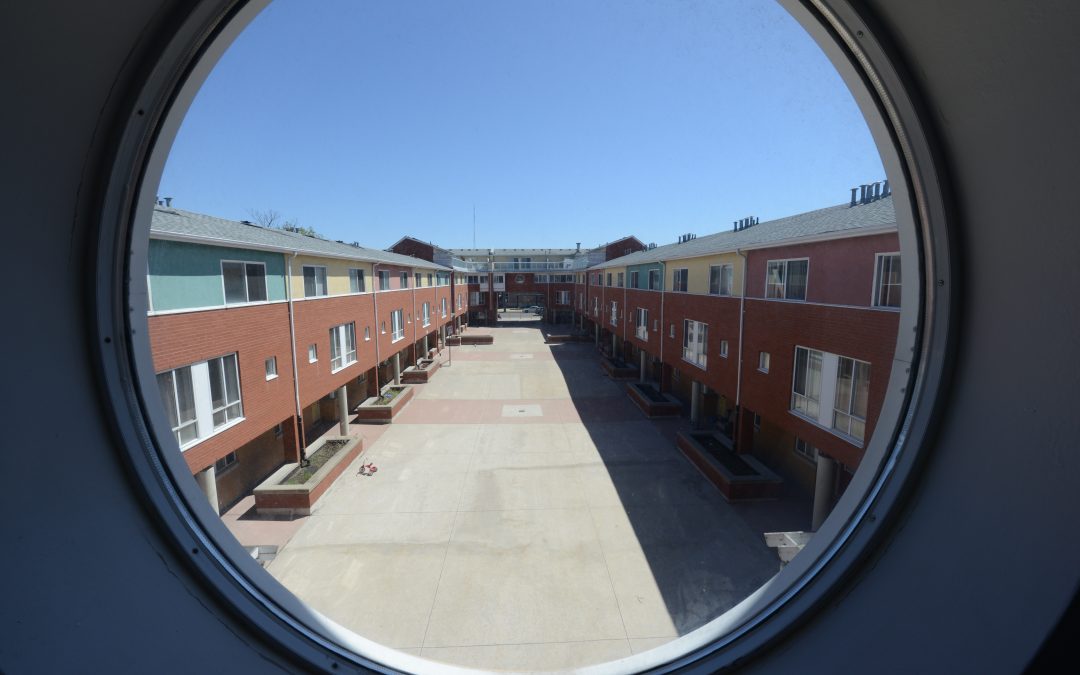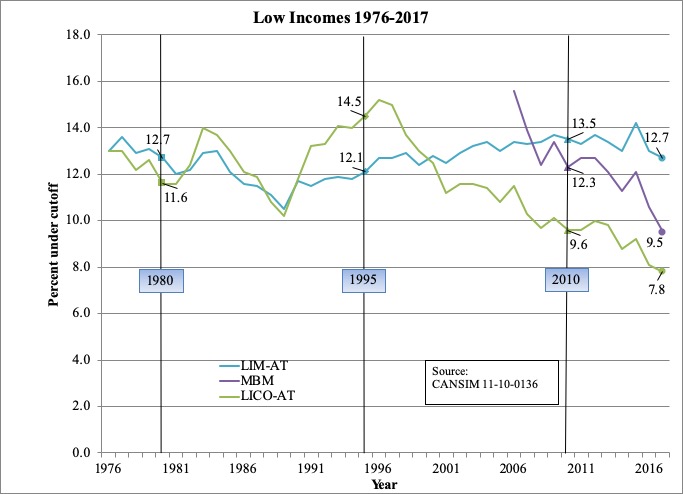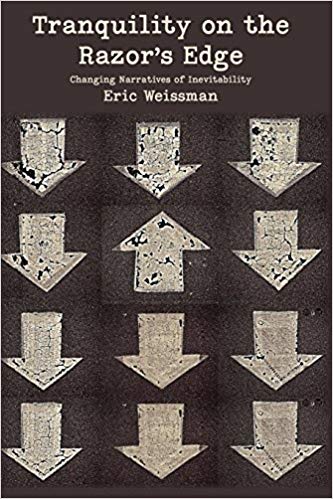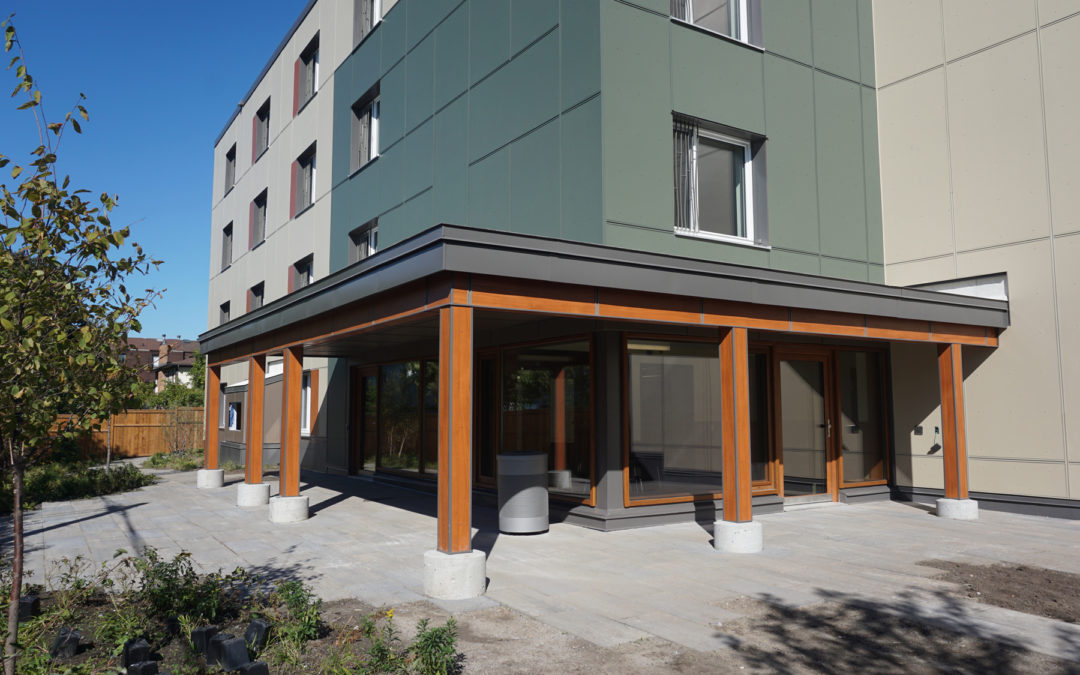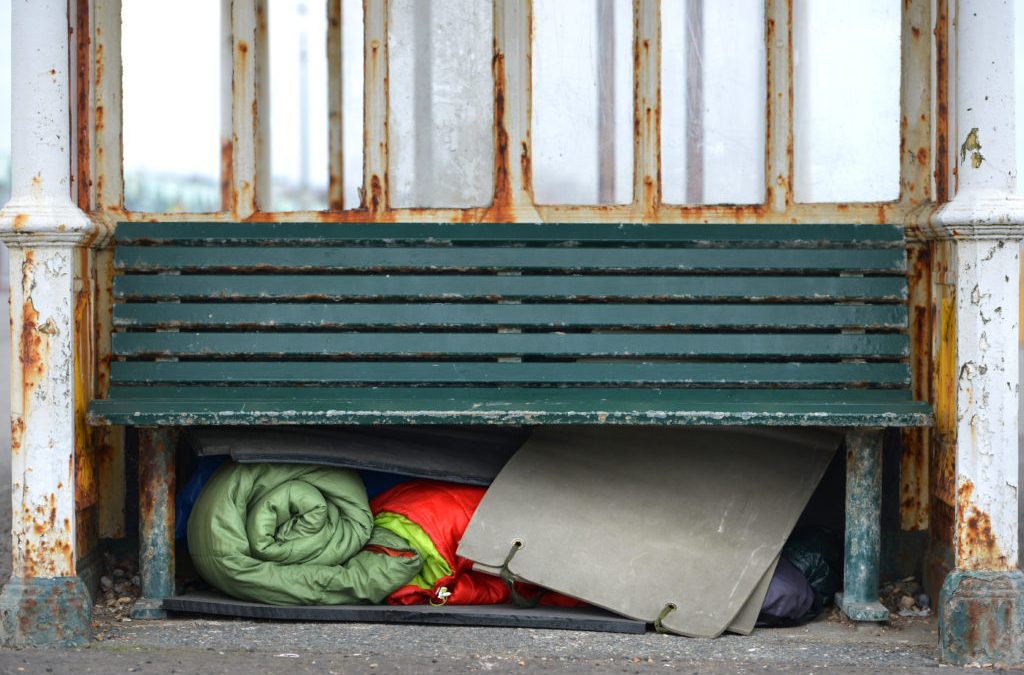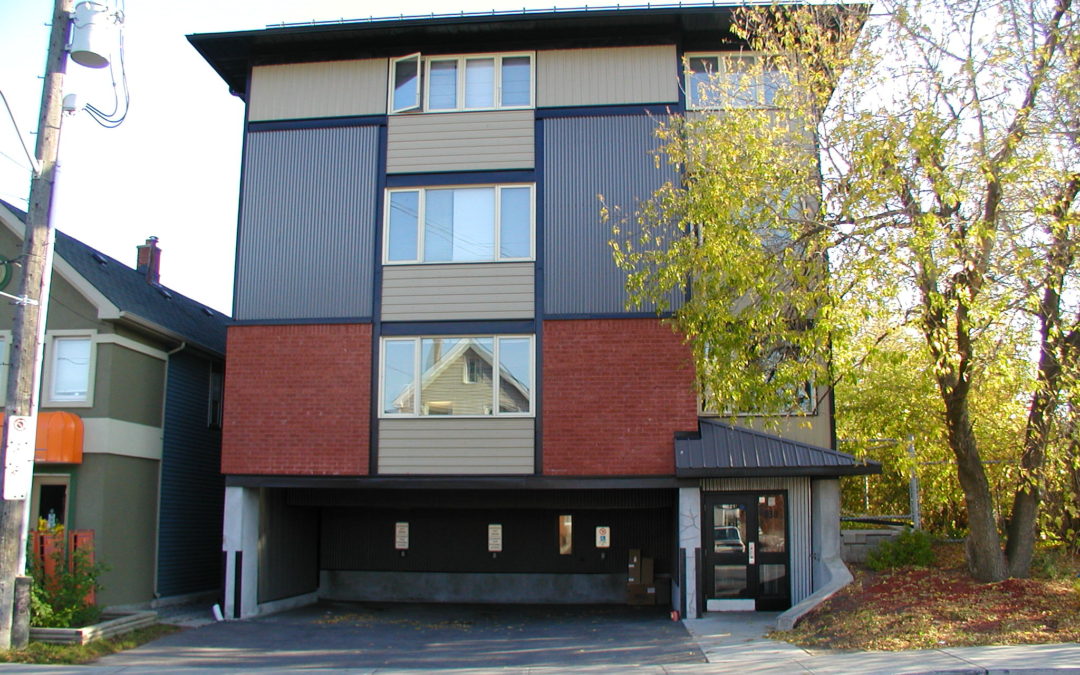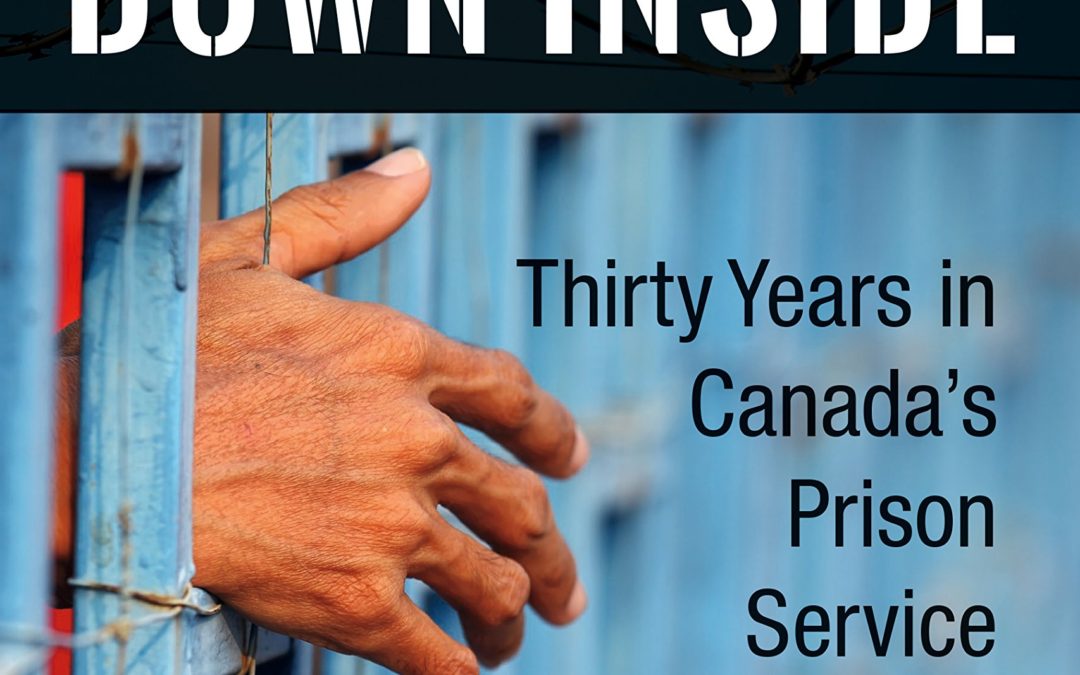
My review of Robert Clark’s book on Canada’s prisons
My review of Robert Clark’s book on Canada’s prisons
Robert Clark has written a very good book about his 30 years working in Canada’s prison system. Mr. Clark worked from 1980 until 2009 in seven different federal prisons, all located in Ontario. The book, a compilation of personal accounts based on the author’s various assignments, appears both balanced and concise (though it only discusses male prisoners and federal institutions).
Since prisons can be a pipeline into homelessness, I’ve reviewed the book with great interest.
Here are 10 things to know:
- Many of Canada’s prisoners are victims of child abuse. According to the author: “Most of the prisoner files I read contained histories of physical, emotional, and, often, childhood sexual abuse” (p. 16).This often led to child welfare interventions and then incarceration in youth facilities.
- Nearly 40% of federal prisoners have serious mental health challenges, and this is exacerbated by solitary confinement (formally known as administrative segregation).[1] Prisoners in solitary often have no idea when their time in there will end. Solitary can be very detrimental to a prisoner’s already-fragile mental health and can cause them to be suicidal. The 1996 Arbour Commission of Inquiry examined the impact of solitary confinement in detail.
- Many of Canada’s prison staff do outstanding work. For example, the author felt he had “hit the jackpot” when he arrived at Pittsburgh Institution (p. 216). On a personal note, I was touched to see the author single out my late uncle John Van Luven as being part of a group of four parole officers there who were “knowledgeable, professional, and self-motivated” (p. 216).
- Many of Canada’s prison staff do not do outstanding work. According to the author, “too few prison employees care about the prisoners under their care, other than to make sure they are alive and behaving. Any interest in a prisoner’s well-being and their chances for becoming a law-abiding citizen is almost non-existent” (p. 16). One of the author’s colleagues used to say: “I just treat them all like they’re doing a hundred years for rape” (p. 124)!
- Solidarity among staff can be excessive. Most prison staff are extremely reluctant to snitch on their colleagues—and this reluctance is known as the blue wall. Some such solidarity is very pronounced among staff in the face of management, and some staff maintain such solidarity even after they become managers. This is almost identical to the understanding that prisoners have among one another, whereby being labelled a ‘rat’ or a ‘snitch’ can come with severe consequences.
- Not every Canadian prison is the same. The book has considerable praise for the Regional Reception Centre at Sainte-Anne-des-Plaines, Quebec. It notes, “while newcomer prisoners in Ontario languished under twenty-three-hour lockup, each new prisoner in Quebec was put through a series of academic and vocational aptitude tests that assisted staff at the next institution in guiding the prisoner’s time and energy” (p. 117).
- Sometimes a specific prison can develop a bad culture. According to the book, this occurred at the now-decommissioned Kingston Penitentiary, where staff stopped enforcing many rules. When the book’s author started working there in 1997, he noticed that prison cells contained items they weren’t supposed to—in one case, a 25-metre extension cord—and that staff had simply stopped caring. (In this particular case, the author attributes much of the bad culture to a management decision to have uniformed staff work consecutive 16-hour shifts.)
- Corruption at Kingston Penitentiary was eventually exposed through an RCMP investigation known as Operation Correct Zero. As a result of the investigation, five guards were terminated for various criminal offences, including drug dealing. In addition, three other guards committed suicide during the course of the investigation.
- I wish the book had dealt more with harm reduction in Canada’s prisons. Harm reduction focuses on reducing harm caused by drug use without requiring total abstinence. For example, it can include the distribution of condoms and unused syringes. There is an important body of evidence supporting the view that harm reduction approaches reduce the risk of transmission of blood-borne diseases and prevent overdoses. It is further estimated that HIV rates in Canada’s federal prisons are 10 times higher than in the general population, and Hepatitis C 30 times higher.
- I wish the book had included more of an intersectional analysis. I found that the book contained insufficient attention to the unique situations—and overrepresentation—of racialized persons (including First Nations, Inuit and Métis people) in Canada’s prisons. I also think the book could have further explored the unique experiences facing trans persons in prisons.[2]
In Sum. If you’re interested in learning more about conditions inside Canada’s prisons, I strongly suggest you read this book. For people interested in the role played by corrections in leading people into homelessness, the book will be especially worthwhile. I also suggest you listen to this 28-minute podcast, where the author is interviewed by the CBC’s Michael Enright.
I wish to thank the following individuals for assistance with this review: Robert Clark, JT Falvo, Susan Falvo, Craig Jones, Amber Kellen, Katrina Milaney, Amanda Moss, Angela Regnier, Jonathan Robart, Vincent St-Martin, and three anonymous sources. Any errors are mine.
[1] Such statistics can be found in the annual reports of the Office of the Correctional Investigator, available here.
[2] A primer on intersectional analysis can be found here.
